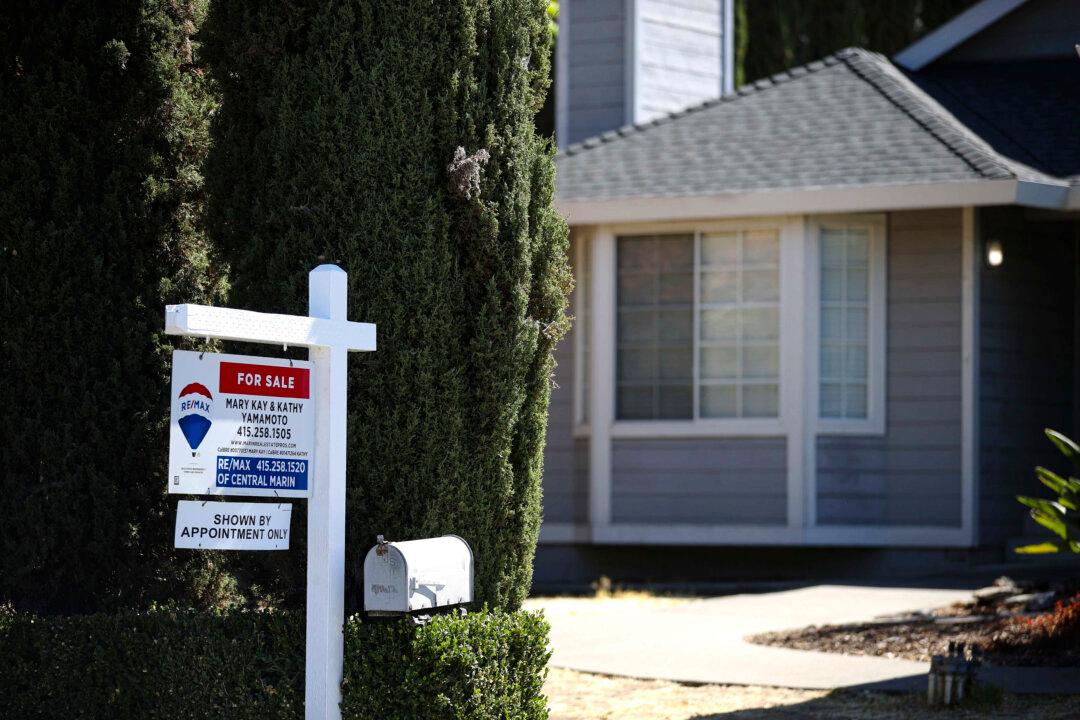A new report from Realtor.com indicates that August home prices rose by 0.7 percent, upsetting the previous two months of year-over-year declines.
Contributing to this hike may be the 7.9 percent drop in inventory compared with last year and a 48 percent plunge in inventory levels from 2017 to 2019. The report also indicates that home sellers were less active last month, with 7.5 percent fewer listed homes than in the same period in 2022.





